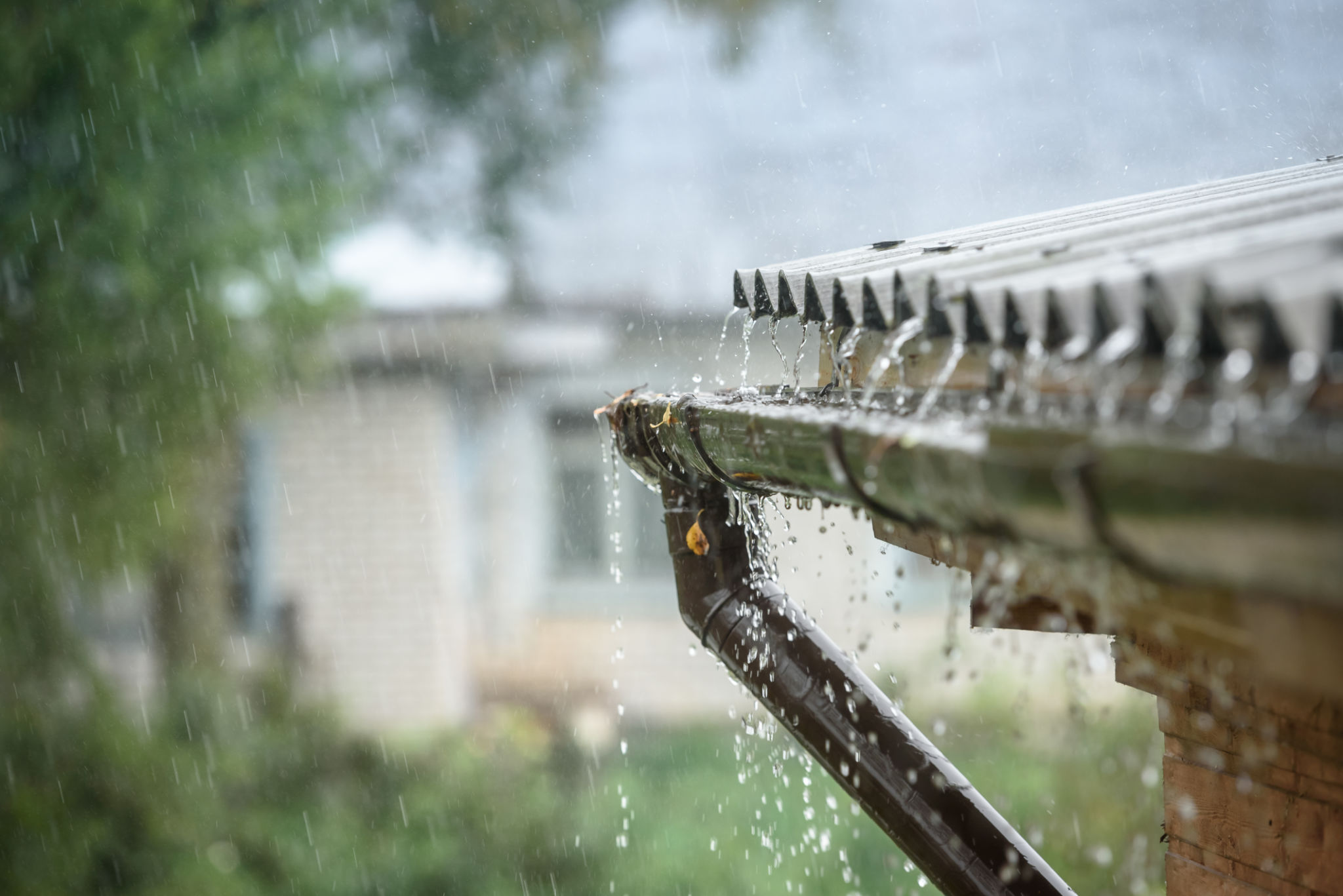Case Study: Transforming a South Florida Home with Sustainable Practices
Introduction to Sustainable Home Transformation
As awareness of environmental issues continues to grow, more homeowners are seeking sustainable solutions to reduce their carbon footprint and create eco-friendly living spaces. This case study focuses on the transformation of a South Florida home, showcasing how sustainable practices can be beautifully and effectively integrated into everyday life. By adopting these methods, homeowners not only contribute positively to the environment but also enjoy the benefits of energy efficiency and cost savings.

Initial Assessment and Planning
The first step in transforming the South Florida home was a comprehensive assessment of its existing systems and structures. This evaluation aimed to identify areas where sustainable practices could be implemented. Key areas of focus included energy consumption, water usage, and indoor air quality. By pinpointing opportunities for improvement, a tailored plan was developed to guide the sustainable transformation.
Engaging with a team of experts in sustainable architecture and design was crucial. They provided insights into the latest technologies and materials available for eco-friendly home improvements. A collaborative approach ensured that the homeowner's preferences and lifestyle needs were seamlessly integrated into the sustainability strategy.
Implementing Energy-Efficient Solutions
One of the most impactful changes involved upgrading the home's energy systems. Solar panels were installed to harness the abundant sunlight in South Florida, providing a renewable energy source that significantly reduced reliance on non-renewable resources. Additionally, energy-efficient appliances and LED lighting were incorporated throughout the house, further decreasing energy consumption.

The integration of smart home technology also played a pivotal role. Programmable thermostats and smart meters allowed for better control and monitoring of energy usage, optimizing efficiency and minimizing waste. These advancements not only enhanced the home's sustainability but also offered the homeowner increased convenience and control over their living environment.
Water Conservation Strategies
Water conservation was another critical aspect of the home's transformation. Low-flow fixtures were installed in bathrooms and kitchens to reduce water usage without compromising performance. Rainwater harvesting systems were implemented to collect and store rainwater for irrigation purposes, significantly reducing the home's dependency on municipal water supplies.

Landscaping was redesigned with native plants that require minimal watering and maintenance. This approach not only conserves water but also supports the local ecosystem by promoting biodiversity. By choosing drought-resistant plants, the homeowner achieved a lush, vibrant garden that thrives in South Florida's climate.
Enhancing Indoor Air Quality
Improving indoor air quality was crucial for creating a healthier living environment. The home underwent a thorough evaluation to identify sources of indoor pollutants and allergens. Non-toxic, VOC-free (volatile organic compounds) paints and finishes were applied to walls and surfaces to reduce harmful emissions.
To further enhance air quality, an advanced ventilation system was installed. This system ensures a consistent flow of fresh air throughout the home while filtering out pollutants and maintaining optimal humidity levels. These measures have significantly improved the comfort and well-being of the occupants.
Conclusion: The Benefits of Sustainable Living
The transformation of this South Florida home exemplifies the many benefits of adopting sustainable practices. Beyond reducing environmental impact, the homeowner enjoys lower utility bills, improved health, and a greater sense of connection with nature. This case study serves as an inspiring example for others looking to make eco-friendly changes in their own homes.

By embracing sustainable practices, homeowners can contribute to a more sustainable future while enhancing their quality of life. Whether through energy-efficient upgrades, water conservation strategies, or improving indoor air quality, there are numerous ways to make meaningful changes that benefit both people and the planet.